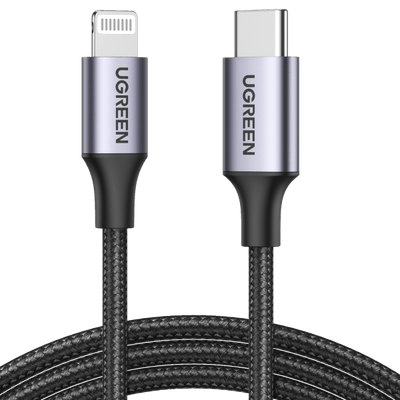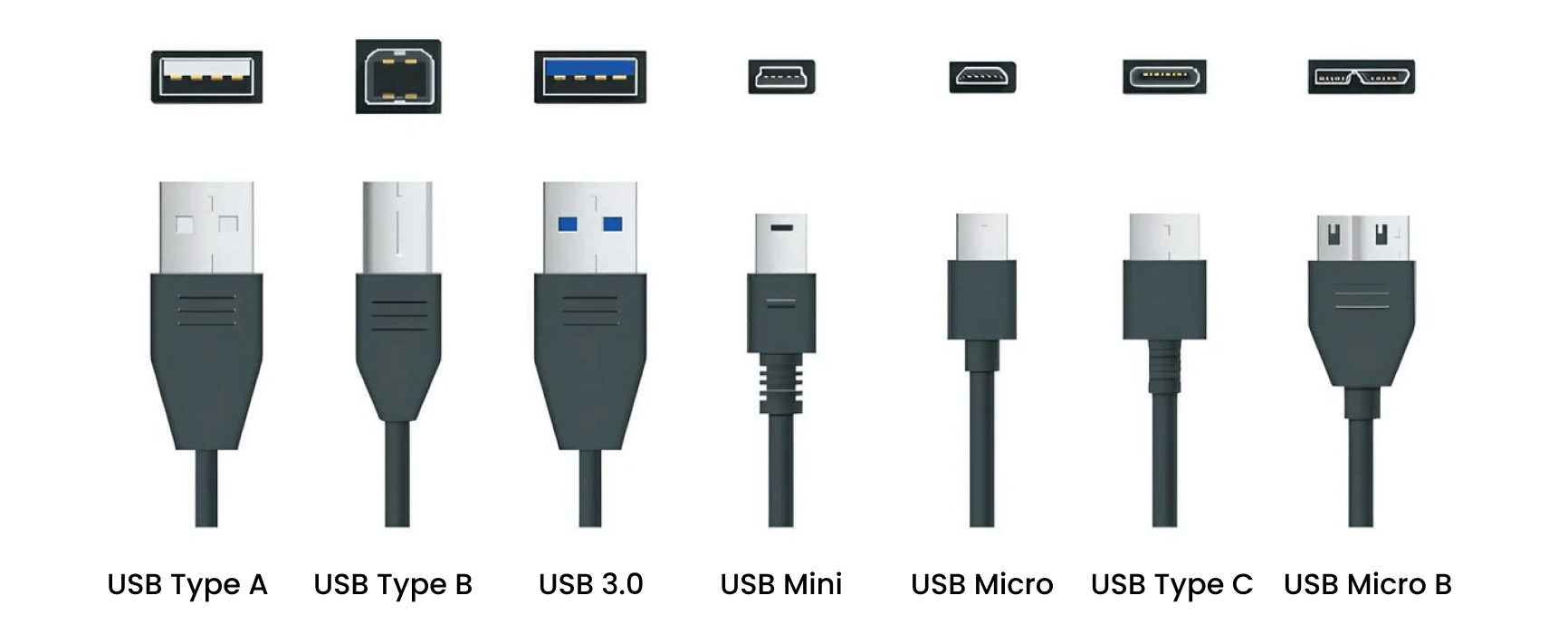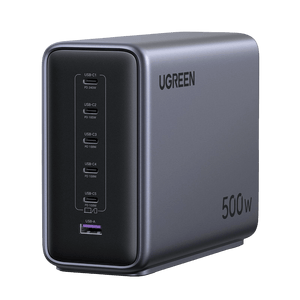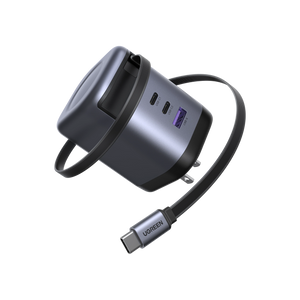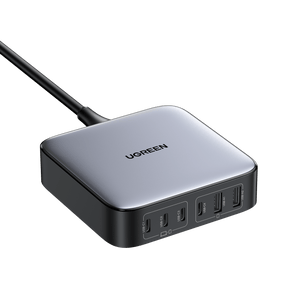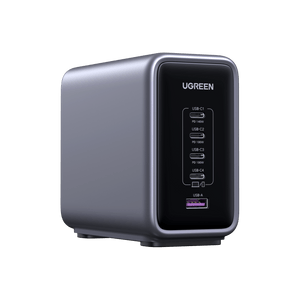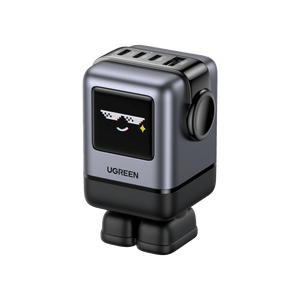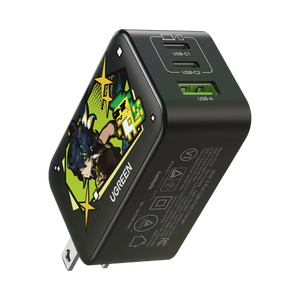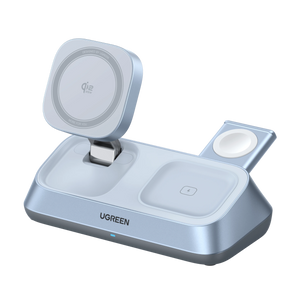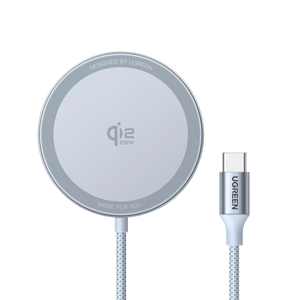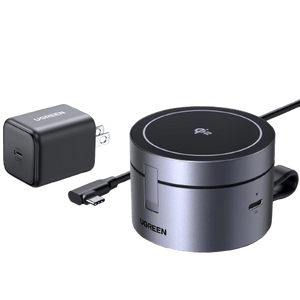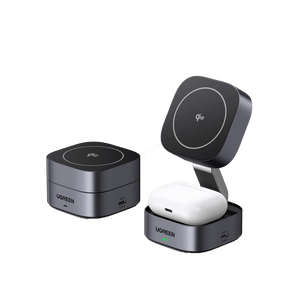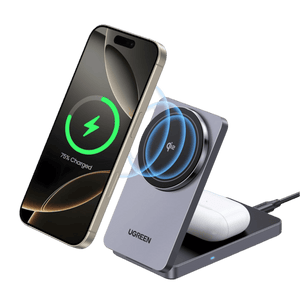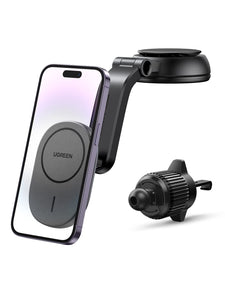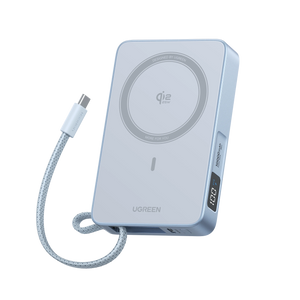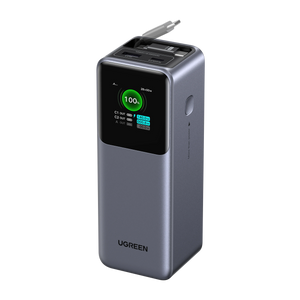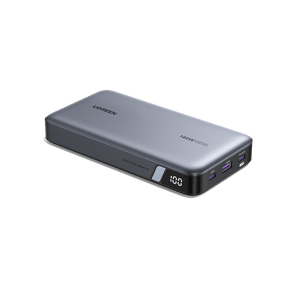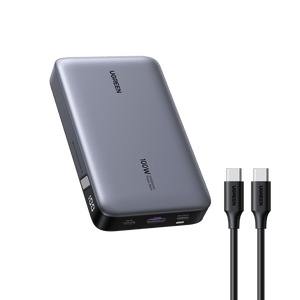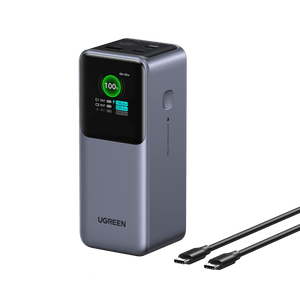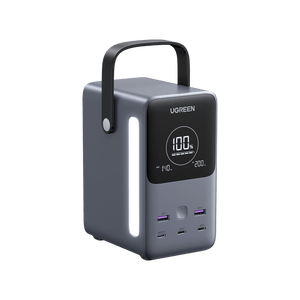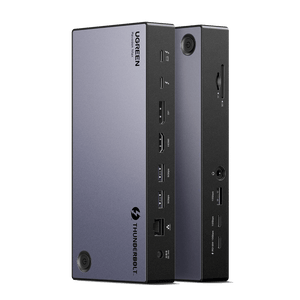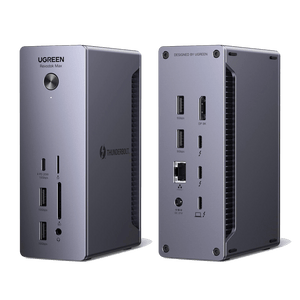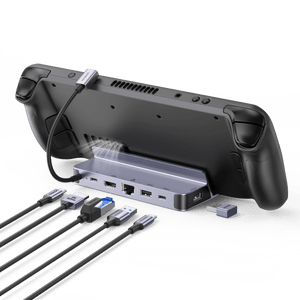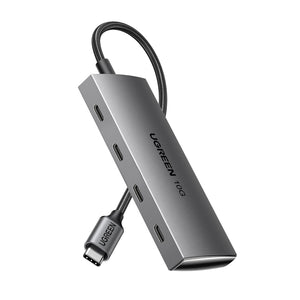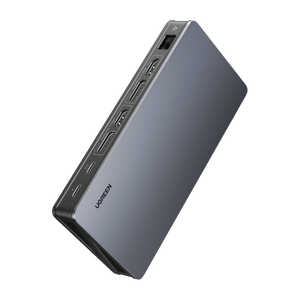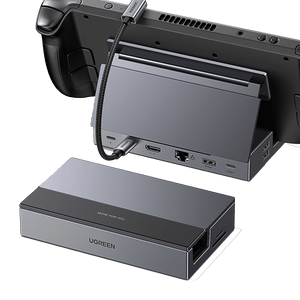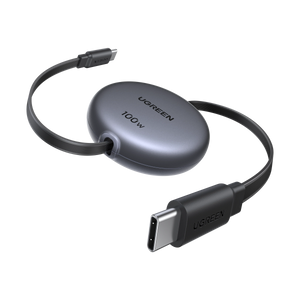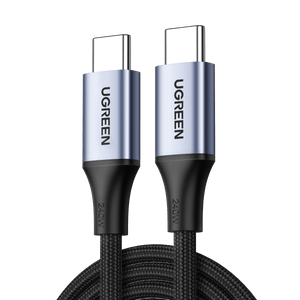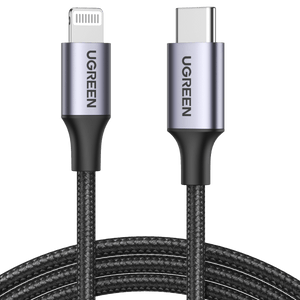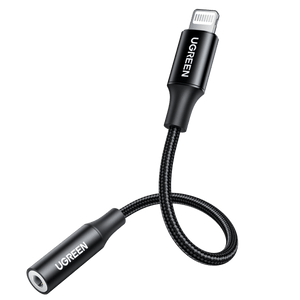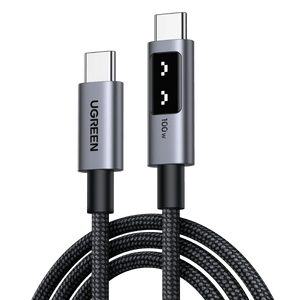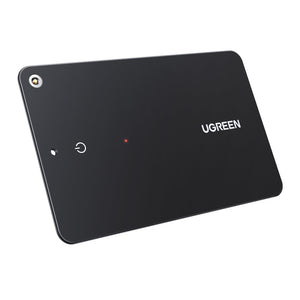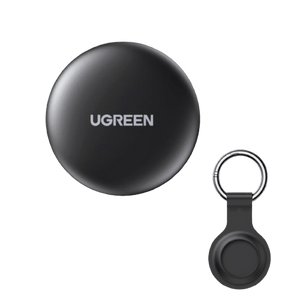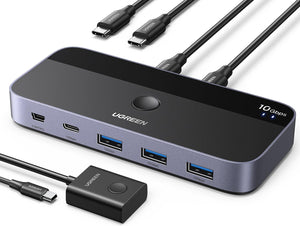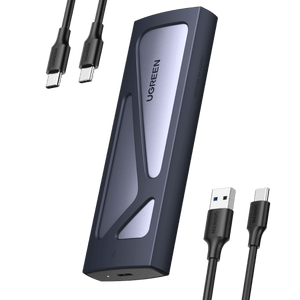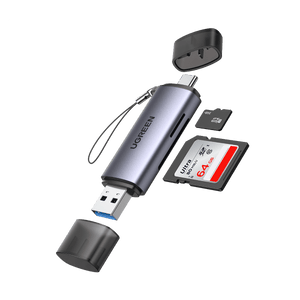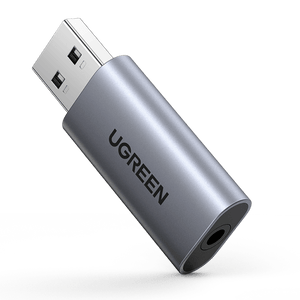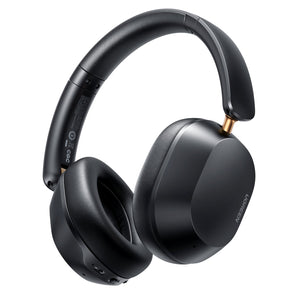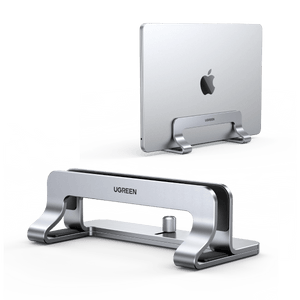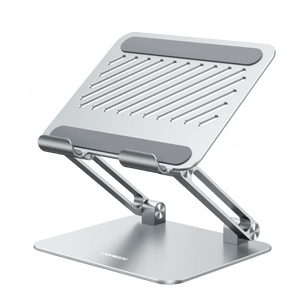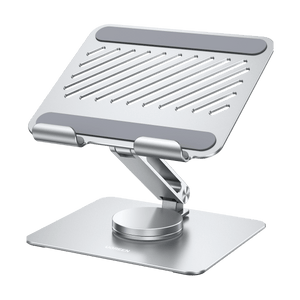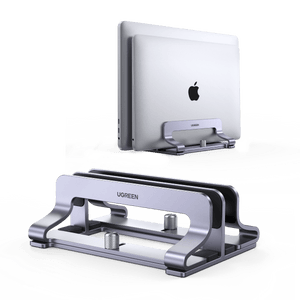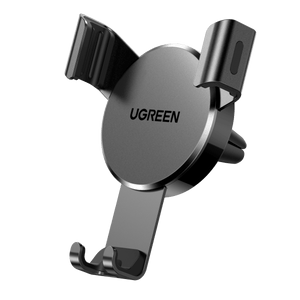What is a Lightning Cable: A Comprehensive Overview
A Lightning cable is a cable used to connect Apple mobile devices like iPhones, iPads, and iPods to power sources, computers, or other accessories. It features a Lightning connector on one end that plugs into the charging port on Apple devices.
Lightning cables allow you to charge Apple devices, sync data between the device and a computer or Mac, and connect accessories like headphones or speakers. They have become ubiquitous in the modern technology landscape.
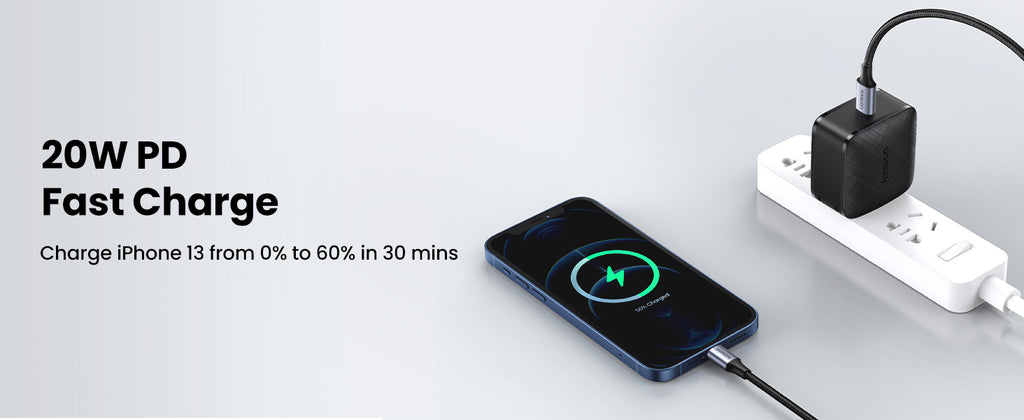
What is a Lightning Cable?
A Lightning cable gets its name from the Lightning connector present on one end of the cable. This proprietary connector was introduced by Apple in 2012 when they switched from the old 30-pin connector to the new 8-pin Lightning connector.
The Lightning connector is reversible, meaning it can be inserted into the charging port without regard to orientation. It utilizes a small Lightning chip to dynamically assign device functions to the various pins in the connector, enabling flexibility. This is what is the lightning connector.
Once connected, the Lightning cable uses the USB 2.0 standard to transfer power, data, and other signals between accessories, computers, chargers, and the Apple device itself.
What is a Lighting Cable Used for?
Some key capabilities and functions enabled by a Lightning cable include:
● Charging - It connects Apple devices to power adapters and chargers to charge the battery.
● Syncing and data transfer - It facilitates syncing data like photos, videos, music, and files between an Apple device and a computer.
● Connectivity - It allows Apple devices to connect to other electronics like speakers, headphones, and game controllers via the Lightning port.
● Wired remote capability - The Lightning to USB Camera Adapter allows you to connect USB peripherals like musical instruments, microphones, or external storage.
Lightning Cable Compatible with Different Devices
The Lightning cable is designed specifically for Apple devices and accessories. It can connect the following Apple devices that feature a Lightning charging port:
- ●iPhone 5 and newer models
●iPod touch 5th generation and newer
●iPad 4th generation and newer
●iPad mini and newer
●iPad Air and newer
●AirPods (charging case)
●HomePod mini
●Magic keyboard, trackpad, mouse
●Mac accessories like external drives
It is not cross-compatible with non-Apple devices.
Variants and Types of Lightning Cables
Apple introduced the Lightning connector over a decade ago in 2012, replacing the old 30-pin connector that was used for nearly 10 years. While the Lightning port and connector have remained constant, the cables and adapters used have evolved over time.
Standard Lightning Cable
This is the default Lightning cable that comes bundled with most Apple devices. It features a USB Type-A connector on one end and a Lightning connector on the other. The standard cable length is 1 meter long. It can be used for charging, syncing data, or connecting to compatible accessories that feature a USB-A port.

Coiled Lightning Cable
This is a flexible, coiled version of the Lightning cable that stretches when needed but recoils back for easy organization and portability when not in use. It provides the same functionality as a normal straight Lightning cable.

USB to Lightning Cable
This type of cable features a standard USB connector on one end (USB-A or USB-C) and a Lightning connector on the other end. This allows you to connect Apple devices to USB ports, chargers, battery packs, or monitors to charge, sync, and transfer data or audio-video output to external displays.
USB-C to Lightning Cable
This cable has a USB-C connector to connect to modern laptops, chargers, or battery packs and a Lightning connector for Apple devices. It supports USB 2.0 data transfer speeds. The reversible USB-C connector offers convenience similar to Lightning devices.
3.5mm to Lightning Cable
This cable has a 3.5mm audio jack on one end and a Lightning connector on the other. It allows you to connect your Apple device to stereo systems or speakers that feature a 3.5mm aux input to play audio.

Ethernet to Lightning Cable
This allows you to connect your iPhone or iPad to a wired ethernet connection for stable, high-speed internet access by linking the router's ethernet port to your Apple device via the Lightning port. Useful for certain business/enterprise situations.
Difference Between Lightning Cable & Other Cables
The following are the major differences between lightning cable and other cables:
Lightning Cable vs Micro USB Cable
● Reversible: The Lightning connector can be inserted either way, unlike USB, which needs proper orientation.
● Durability: The Lightning connector has a tab to withstand frequent plugging/unplugging. Micro USB cables are more prone to damage over time.
● Speed: Lightning supports USB 2.0 speeds, whereas micro USB cables support USB 3.0 speeds.
● Power delivery: Lightning cables deliver power to Apple devices faster compared to micro USB.
Lightning Cable vs USB-C Cable
● Reversibility: Both Lightning and USB-C connectors are reversible and symmetrical.
● Power output: USB-C supports higher wattage power output than Lightning.
● Data transfer speed: USB-C has higher USB 3.1/4/Thunderbolt 3 speeds compared to USB 2.0 speeds of Lightning.
● Compatibility: Lightning is proprietary to Apple, whereas USB-C can connect almost any device.

What is the Lightning Connector?
The Lightning Connector is a proprietary interface developed by Apple for connecting devices and accessories to iPhones, iPads, and iPods. The Lightning connector can be plugged in either way. The connector transmits digital signals, which improves audio and video quality. It also supports fast charging and efficient power transfer.
What Does the Lightning Cable & Connector Look Like?
The Lightning Connector is small and rectangular with rounded edges. It measures about 6.7 mm wide and 1.5 mm thick, making it significantly slimmer than the older 30-pin connector.
The Lightning Cable consists of a thin, flexible cable with a Lightning Connector on one end and either a USB-A or USB-C connector on the other end. Lightning Cables come in various lengths, usually ranging from 1 meter to 2 meters. The cable usually has a smooth, plastic coating, though some may have a braided or more rugged design for durability.
Advantages & Limitations of Lightning Cables
Since we know What is lightning cable and lighning connector, let’s take a look at the advantages and disadvanates of it:
Advantages of Lightning Cable
● Compact reversible design
● Allows fast charging for Apple devices
● Enables wired connectivity with accessories
● Facilitates data syncing across devices
● MFi-certification ensures safety and reliability
Limitations of Lightning Cable
● Proprietary, only works with Apple devices
● Slower speeds than USB 3.0 or USB-C cables
● Durability issues like fraying or cable damage over time
● Lack of fast charging capabilities available in USB-C
There is speculation that Apple may replace Lightning with USB-C in future iPhone models to enable faster charging and connectivity. However, Lightning continues to be the standard charging interface for most Apple mobile devices.
Key Considerations for Purchasing a Lightning Cable
Choosing the right Lightning cable for your Apple device is important to ensure proper charging, connectivity, and long-term durability. Below are some key aspects to evaluate when picking Lightning cords and chargers that best match your usage needs and budget.
Port Type Compatibility
The first factor is confirming connector compatibility on both ends of the Lightning cable with your devices or charging accessories. Pay attention to these aspects:
● USB Connector Type: Most Lightning cables will terminate in either a USB-A, USB-C, or rarely micro-USB tip on the device/charger end. Choose one that matches the available ports on your chargers/adapters.
● Port Fit: Double-check that the Lightning cable connector fits and works properly with your iPhone, iPad, or accessory device model before purchasing when possible.
Cable Material & Durability
Since fraying near connectors or cable damage mid-length is common, consider cable jacket material and thickness aspects that determine durability:
● Jacket Material: Rubber, nylon, or braided sleeves last longer than cheap plastics prone to cracks or tears over repeated bending.
● Connector Rigidity: A reinforced connector ends better withstand wear and tear from repeated unplugging than cheap, thin metallic pins.
Premium builds reflect in price but deliver longer cable lifespan, saving money.
Getting the Right Lightning Cable Length
Evaluate usage scenarios - a short 1-foot cable excels for portability, while a 10-foot variant allows more comfortable use across distances in a hall or bed. Getting the right Lightning cable length avoids messy slack or feeling strained while charging devices in use.
Brand Reputation & Certification of Lightning Cable
While pricier, certified Apple MFi-compliant Lightning cables guarantee optimal compatibility and safety across iPhones and iPads compared to cheaper uncertified offerings, which occasionally struggle with consistent performance.
Balancing Price & Value of Lightning Cable
With such a vast range spanning $2 basic cables and $50 rugged connecting cords - identify the length, construction, and features that best suit your typical usage before picking the reasonably priced Lightning charger that delivers the maximum overall value.
Lightning Cable Maintenance & Care
Here are some useful tips for maintaining the good performance and lifespan of your Lightning cables:
● Avoid bending or tightly winding cables to prevent internal damage.
● Prevent fraying by regularly inspecting connection points and joints.
● Consider heat-shrink tubing over joints or connectors to strengthen the cable.
● Don't leave cables connected to ports while transporting devices or risk damage due to dangling connectors.
● Replace aging cables that may have worn-out shielding or connectors. Damaged cables pose risks of malfunctioning or electrical shorts.
Careful use and maintenance will help you avoid common issues like frayed connectors, cable tears, or bent plugs - ensuring optimal performance from your Lightning cables for years.
FAQs about Lightning Cables
1. Are all lightning cables the same?
No, not all lightning cables are the same. There are many different brands and types of lightning cables on the market, ranging in price and quality. It is important to purchase a high-quality, MFi-certified lightning cable to ensure compatibility and safety for your Apple devices.
2. Can I use a lightning cable to charge other devices?
While lightning cables are specifically designed for Apple devices, they can also be used with other devices that have a lightning port. However, keep in mind that certain functionalities, such as fast charging or data syncing, may not be available when using a lightning cable with non-Apple devices.
3. How long do lightning cables typically last?
The lifespan of a lightning cable can vary depending on usage, quality, and care. On average, a good-quality lightning cable can last anywhere from several months to a few years with regular use. To prolong the life of your lightning cable, avoid bending or twisting it excessively and store it properly when not in use.
4. Is the Lightning cable a fast charger?
Depends. Its charging speed depends on the power adapter it is being used with. For example, if you use a higher-wattage power adapter, such as the ones that come with the iPad Pro, the Lightning cable can charge your device faster compared to using a standard power adapter.
5. Is the Lightning cable the same as USB-C?
No. The Lightning cable is proprietary to Apple and is used to charge and sync Apple devices like iPhones and iPads. USB-C is a universal connector that is becoming more common across various devices and brands. It offers faster data transfer speeds and more power delivery capabilities compared to the Lightning cable.
6. Why Is It Called Lightning Cable?
The Apple charger is called a Lightning cable because the connector design resembles a lightning bolt, featuring a narrower shape with a slightly slanted edge. This design was chosen by Apple to make it easier to insert the cable into devices, as well as to differentiate their product from the standard USB cables that were commonly used at the time of its release.

Conclusion
Now you know what is a lightning cable, it is Apple's proprietary connector interface designed for iPhone, and iPad and accessory connectivity, power delivery, and communication. With its reversible design and dynamic pin assignments, it provides simple, convenient connectivity for the Apple mobile ecosystem.
While newer standards like USB-C offer faster speeds, Lightning continues as the primary wired connectivity standard for most Apple portable devices. Careful selection of the right Lightning cable type and diligent maintenance are key to extracting optimal value from Apple's compact yet versatile connector solution.




